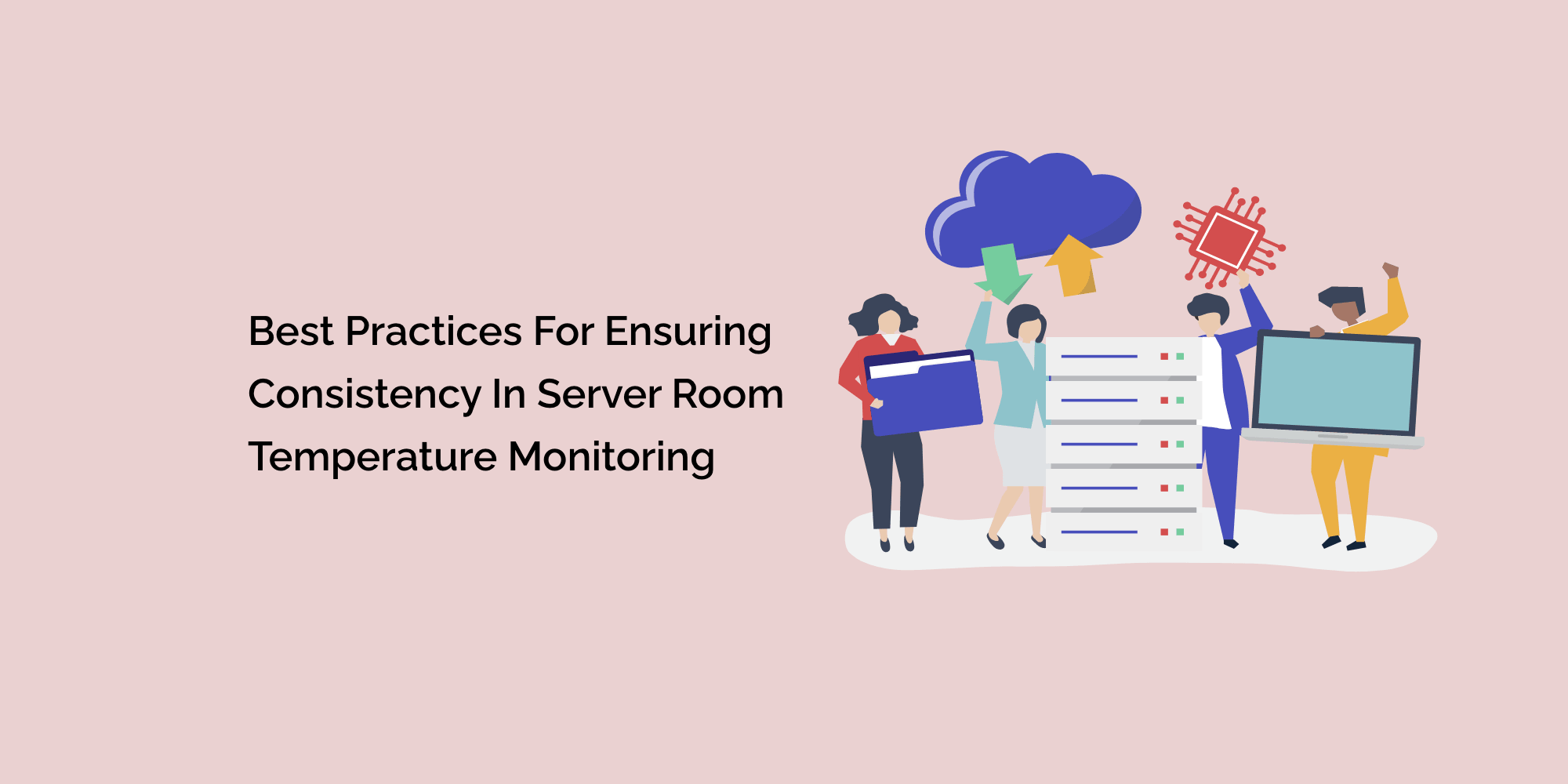Consistency in server room temperature monitoring is crucial for maintaining the optimal performance and reliability of data center infrastructure. Fluctuations in temperature can lead to equipment failures, reduced efficiency, and potential downtime.
In this blog post, we will discuss the best practices for ensuring consistency in server room temperature monitoring, enabling data center managers to proactively address temperature-related issues and maintain a stable environment for their critical IT systems.
Implementing a Robust Temperature Monitoring System
To ensure consistency in server room temperature monitoring, data center managers should start by implementing a robust monitoring system. This includes deploying high-accuracy temperature sensors strategically throughout the server room to capture real-time temperature data.
The monitoring system should provide continuous monitoring capabilities and enable data center managers to set temperature thresholds and receive immediate alerts if deviations occur. Choosing a system with remote monitoring capabilities allows administrators to monitor temperature data and system status from anywhere, ensuring consistent oversight.
Regular Calibration and Maintenance
Regular calibration and maintenance of temperature monitoring equipment are critical to maintaining accuracy and consistency. Data center managers should establish a calibration schedule and adhere to it to ensure that the temperature sensors provide precise measurements.
Additionally, routine maintenance activities such as cleaning sensors, inspecting cables and connections, and verifying the functionality of the monitoring system contribute to consistent and reliable temperature monitoring.
Establishing Temperature Baselines and Thresholds
Setting temperature baselines and thresholds is essential for consistent temperature monitoring. Data center managers should establish baseline temperature ranges that are optimal for the server room environment. These baselines serve as a reference for identifying deviations and abnormal temperature patterns.
Temperature thresholds should be defined to trigger alerts when temperatures exceed predetermined limits. By establishing clear baselines and thresholds, data center managers can proactively address temperature fluctuations and maintain consistency in monitoring.
Proper Airflow Management
Maintaining proper airflow within the server room is crucial for consistent temperature monitoring. Adequate airflow ensures even distribution of cool air, preventing the formation of hotspots. Data center managers should consider factors such as server rack placement, cable management, and proper arrangement of cooling equipment to optimize airflow.
Regular monitoring and adjustments of airflow patterns contribute to consistent temperature distribution and reduce the risk of temperature variations within the server room.
Continuous Monitoring and Trend Analysis
Consistency in server room temperature monitoring can be enhanced by implementing continuous monitoring and trend analysis. Continuous monitoring allows for real-time temperature surveillance, enabling data center managers to detect temperature anomalies promptly.
Trend analysis involves tracking temperature data over time to identify patterns and trends. By analyzing historical temperature data, data center managers can proactively identify potential issues, optimize cooling systems, and implement preventive measures to maintain consistent temperature levels.
Integration with Building Management Systems
Integrating the temperature monitoring system with the overall building management system can contribute to consistency in server room temperature monitoring.
By synchronizing temperature monitoring with other environmental control systems, data center managers can have a centralized view of the overall facility conditions. This integration enables data center managers to detect and address potential temperature-related issues holistically and maintain consistent temperature monitoring practices.
Documentation and Auditing
Documenting temperature monitoring practices and conducting regular audits are crucial for maintaining consistency. Data center managers should document standard operating procedures, calibration records, maintenance activities, and any deviations encountered.
Regular audits ensure compliance with established procedures and identify areas for improvement. By maintaining comprehensive documentation and conducting audits, data center managers can establish a robust framework for consistent temperature monitoring practices.
Conclusion
Consistency in server room temperature monitoring is vital for the smooth operation of data centers. By implementing best practices such as deploying a robust monitoring system, regular calibration and maintenance, establishing temperature baselines and thresholds, managing proper airflow, conducting continuous monitoring and trend analysis, integrating with building management systems, and maintaining documentation and audits, data center managers can ensure consistent temperature monitoring practices.
Consistency enables proactive identification of temperature fluctuations, timely response to anomalies, and optimal performance and reliability of critical IT systems. By prioritizing these best practices, data center managers can create a stable and controlled environment, minimizing risks and maintaining the integrity of their server infrastructure.








